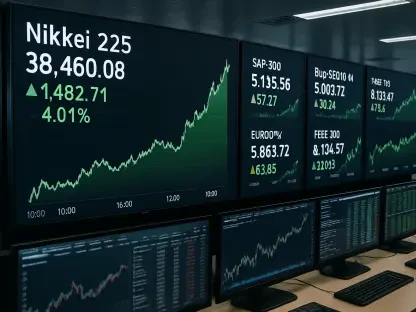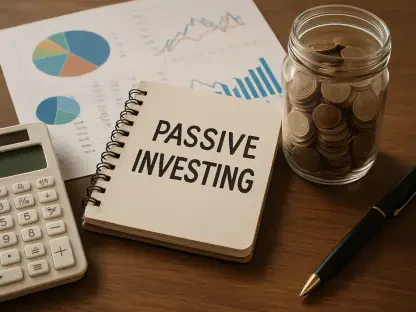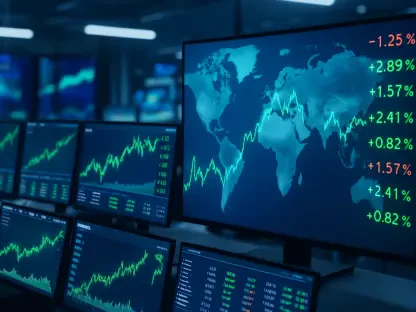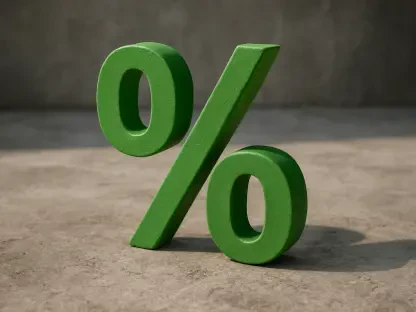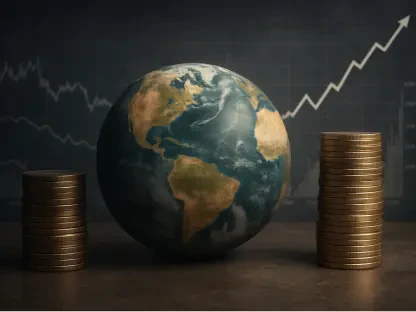In the complex realm of global trade, few topics invoke greater anxiety than the resurgence of tariffs. As markets anticipate a pivotal deadline linked to US-China relations, the question looms: Are tariffs set to disrupt global markets yet again, sparking volatility reminiscent of past trade wars? Understanding the profound impact tariffs hold in today’s interconnected economies is essential—and not just as echoes of history. These trade instruments affect geopolitical climates and reveal economic vulnerabilities across nations.
The Unpredictable Resurgence of Trade Tensions
In recent months, markets have navigated a relatively calm environment, buoyed by a temporary halt on new tariff initiatives—albeit one that excludes China. This pause has provided a significant respite from the immediate tensions observed earlier in the year. However, with negotiations approaching a critical phase, uncertainty begins to reemerge, suggesting that tariffs may yet again take center stage in global economic discourse. Such dynamics present businesses and investors with both challenges and potential opportunities as they must decipher evolving policies and anticipate market shifts.
The Significance of Tariffs in Today’s Economic Landscape
Tariffs remain pivotal in shaping international trade and economic strategies, affecting everything from consumer prices to international relations. Historically, tariffs have served as powerful bargaining tools between nations. Today, they are deeply intertwined with geopolitical strategies, amplifying the pressure on nations as they contend with vulnerabilities exposed by these economic measures. This backdrop enhances the stakes of ongoing negotiations, particularly between economic powerhouses like the US and China.
Unraveling the Complexity of Tariff Implications
Complex layers underlie the potential return of tariffs as key market influencers. Firstly, geopolitical tensions have momentarily eclipsed the details of tariff discussions. However, as these tensions subside, trade issues could once again dominate headlines. Secondly, the ripple effects of tariffs on inflation—a topic often approached with caution by experts—suggest a delayed impact that could complicate existing economic outlooks. Thirdly, the intricate relationship between tariffs and Federal Reserve policies cannot be ignored. Historical precedents indicate that tariffs might prompt the Fed to carefully navigate interest rate decisions, weighing economic growth against inflationary pressures.
Insights from Economists and Market Analysts
Experts such as Morgan Stanley’s chief global economist, Seth B. Carpenter, provide valuable insights into the nuanced effects tariffs could impose on economic indicators like inflation. Although recent data may suggest stability, Carpenter and others caution against complacency, highlighting the potential for hidden impacts to alter inflation trends unexpectedly. Such analyses provide a crucial framework for understanding how underlying economic shifts relate to tariffs and their broad-reaching influence.
Navigating the Turbulent Waters of Trade and Policy
As trade tensions build, businesses and investors require proactive strategies to manage market fluctuations. By anticipating changes in inflation and understanding the Federal Reserve’s potential responses, stakeholders can foster resilience against sudden policy shifts. Practical frameworks for analyzing interconnected global and domestic economic factors become indispensable tools in maintaining stability amid uncertainty. Ultimately, strategic foresight and informed decision-making remain essential for navigating potential turbulence as the global trade landscape evolves.
With resolutions of tariff disputes and evolving negotiations in focus, the economic environment remains poised for change. The path forward depends on carefully assessing geopolitical developments, inflation forecasts, and Federal Reserve actions, all contributing to a challenging yet dynamic trade policy landscape. The culmination of these factors underscores the interconnectedness of economic mechanisms, highlighting the intricate dance between trade pressures, monetary policies, and global stability.


